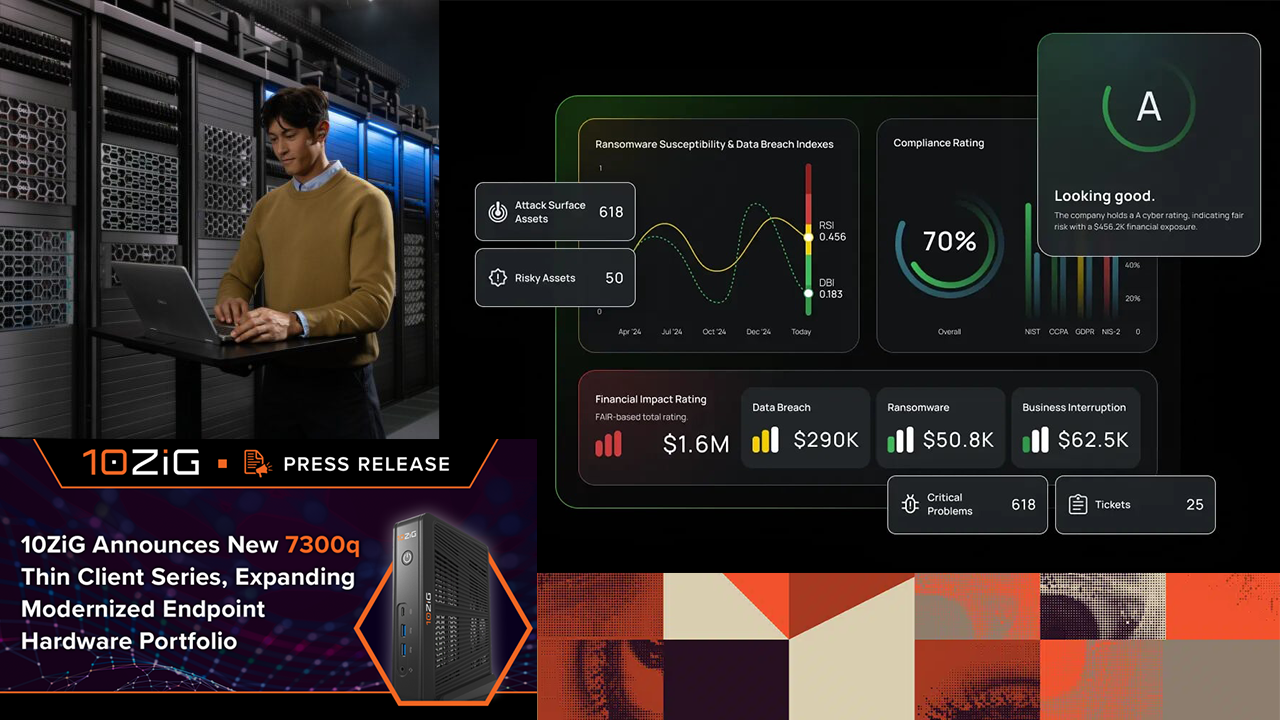Trend Micro Inc. has launched version 2.0 of its Trend Micro IoT Security (TMIS) solution. According to Akihiko Omikawa, executive vice president of Trend Micro, the new system is designed to help manufacturers and managed service providers improve the security of their products and the wider IoT ecosystem, while enabling them to drive competitive differentiation.
“IoT threats are no longer theoretical: endpoints around the globe are being hijacked for data theft, attacked with ransomware and crypto-mining malware, conscripted into DDoS botnets and more,” said Omikawa in prepared remarks. “It’s vital that manufacturers step up to raise the bar on security. By integrating threat monitoring, detection and protection into the device itself, consumers and businesses will enhance their security from the moment they install and switch on TMIS 2.0. That’s the kind of value the market is increasingly demanding of IoT device makers.”
The TMIS 2.0 platform can be pre-installed onto IoT devices during the product development lifecycle. The new release also integrates with Trend Micro’s threat intelligence platform, the†Smart Protection Network, which offers a Web Reputation Service and IoT Reputation Service that block visits to malicious URLs and websites.
According to Trend Micro, traditional security products are difficult for end users to install on their own. TMIS 2.0, however, comes with an improved installation script designed to make integration easier for device makers and MSPs. The system also provides new functionality for collecting security information on an automated basis. Administrators and device makers can receive reports on vulnerabilities, virtual patch deployment, and more via email. A security detection log is stored locally and can be accessed by device makers remotely. TMIS 2.0 also boasts an offline mode and proxy support for a wider range of networking environments.
Other capabilities include application whitelisting, hosted intrusion prevention services (HIPS), and system vulnerability scanning. Together, those and other features work to reduce the device’s attack surface, ensure firmware integrity, and block active attacks, minimizing cyber risk for the end customer while keeping device maintenance costs low.












